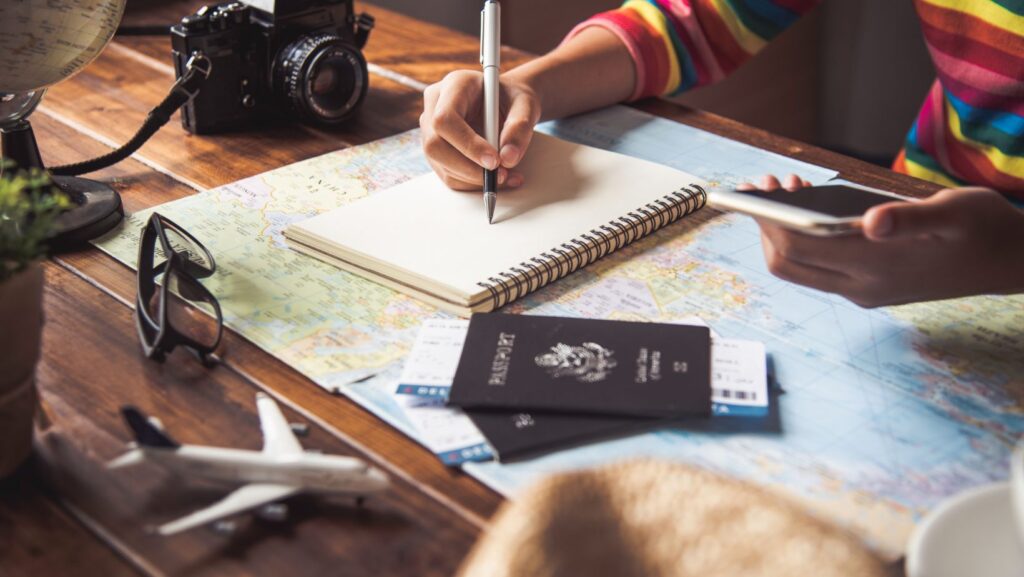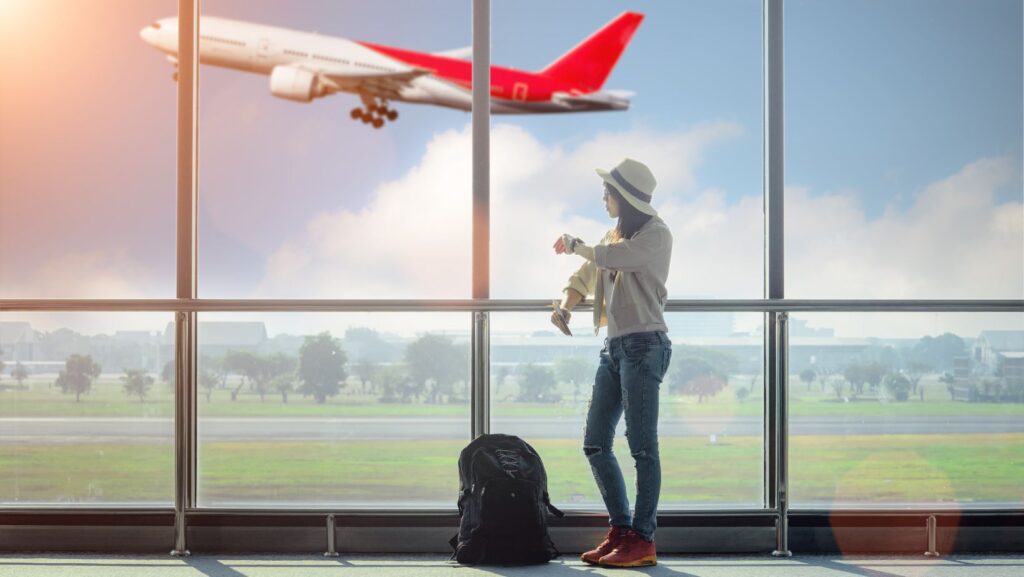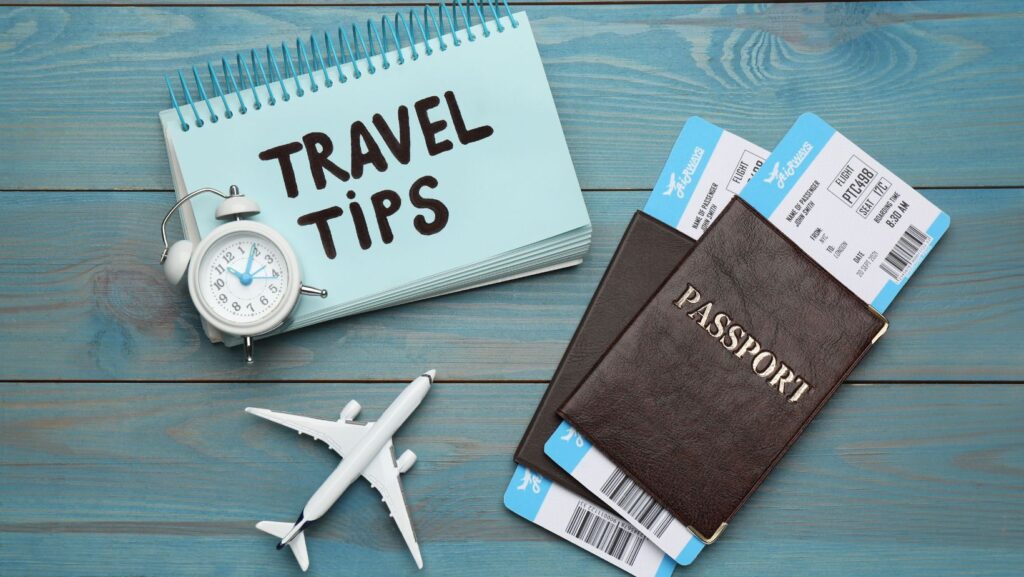Planning a long journey can feel overwhelming, especially when figuring out all the logistics while controlling costs and ensuring a smooth experience. How to make a long journey?
The key to a successful long journey is thorough preparation: plan your route, create a detailed packing list, ensure your transportation is reliable, book accommodations in advance, and maintain a flexible schedule that includes regular breaks.
While this basic approach works for most situations, different long journeys require specific preparations and considerations. Whether you’re planning a road trip, international travel, or a cross-country move, the details of what you need to prepare can vary significantly, and knowing these differences can make or break your journey.
What Type Of Long Journey Are You Planning?
Before diving into specific preparations, it’s crucial to identify what kind of long journey you’re undertaking. Road trips require vehicle maintenance and emergency supplies (whether using your vehicle or large van rentals), while international travel focuses more on documentation and cultural preparation. Extended backpacking journeys need lightweight, durable equipment, and cross-country moves demand careful logistics planning for belongings.
Each type of journey also has different timing considerations. Road trips benefit from seasonal planning to avoid extreme weather, while international travel might need to account for peak tourist seasons and local festivals. Backpacking journeys often align with specific hiking seasons, and moves typically work best during moderate weather months.
How To Create A Foolproof Packing System For Long Journeys
The key to efficient packing is creating categories: essentials, comfort items, and contingency supplies. Start with a master list of everything you might need, then ruthlessly edit it down to what you’ll use. Pack in layers, with frequently needed items readily accessible, and use packing cubes or compression bags to maximize space.
Consider the specific requirements of your journey type. International travelers need voltage adapters and document copies, while road trippers should prioritize emergency supplies and comfort items. Always pack a basic first-aid kit, essential medications, and backup charging solutions for electronic devices.
What Are The Most Common Mistakes To Avoid In Long Journeys?
One of the biggest pitfalls is over-scheduling activities and not allowing enough buffer time for unexpected delays. Whether it’s traffic, weather, or simple fatigue, rushing to stick to an unrealistic schedule can turn an exciting journey into a stressful experience.

Another common mistake is underestimating the importance of comfort during long-distance travel. This includes not planning regular rest stops, not packing appropriate clothing for temperature changes, and not bringing enough water and snacks. Additionally, many travelers make the error of not having a backup plan for navigation when technology fails or not keeping essential documents easily accessible.
How Much Should You Budget For A Long Journey?
The cost of a long journey varies significantly based on your travel style and destination, but a good rule of thumb is to budget $50-200 per day for domestic travel and $75-300 for international travel. This includes accommodations, food, transportation, and activities. However, adding a 20% buffer for unexpected expenses is crucial.
Smart budgeting involves researching local costs, identifying potential splurges in advance, and finding opportunities for savings.

Consider using credit card rewards for flights or accommodations, booking during off-peak seasons, and mixing expensive activities with free or low-cost ones. Always keep an emergency fund separate from your regular travel budget.
How To Stay Healthy And Comfortable During Extended Travel?
Maintaining physical and mental well-being during long journeys requires deliberate planning. Stay hydrated by drinking at least 2 liters of water daily, especially during air travel or in hot climates. Pack healthy snacks to maintain energy levels and avoid relying solely on convenience foods.
Movement is essential – try to walk or stretch every 2-3 hours during travel days. For long flights or drives, wear compression socks to prevent blood clots, and practice simple exercises in your seat. Get adequate sleep by maintaining a consistent schedule when possible, and consider bringing items that help you rest, such as an eye mask or travel pillow. Don’t forget to protect yourself from sun exposure and varying weather conditions with appropriate clothing and protection.
Getting Ready To Drive
Now that you understand the key elements of planning and executing a long journey, create a simple checklist specific to your journey type. Take 15 minutes right now to write down the basic categories you’ll need to address – transportation, accommodation, packing, budget, and health considerations – and use this as your master planning document that you can build upon as you get closer to your departure date.




